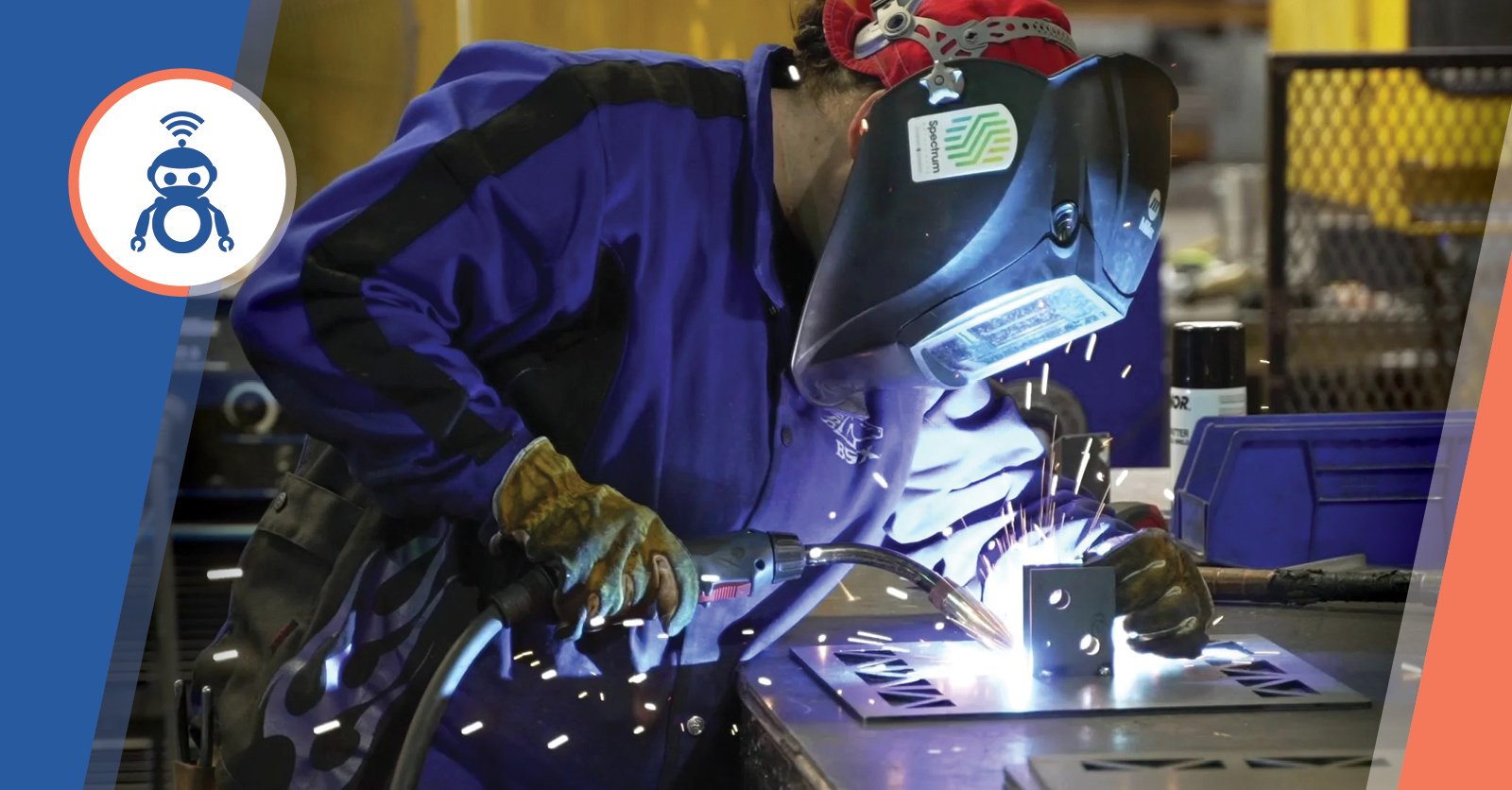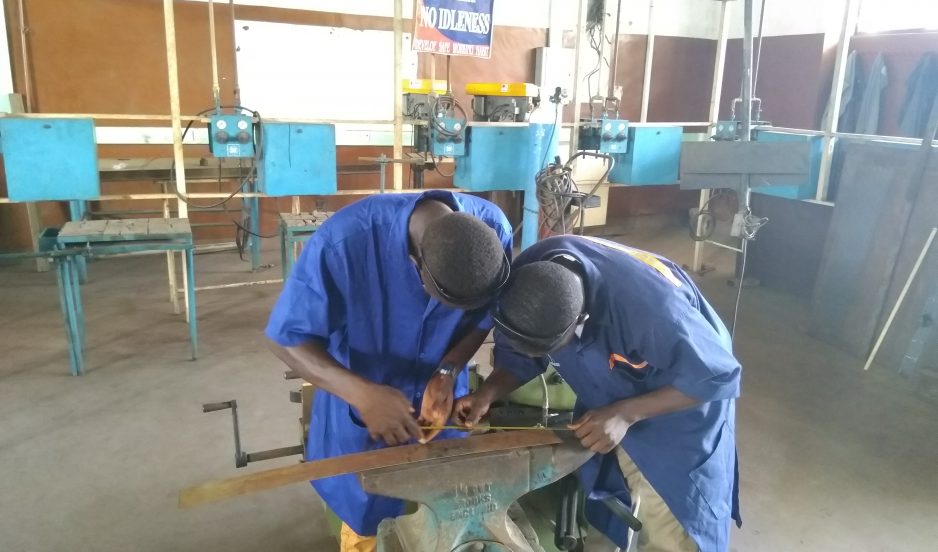Top 5 weld defects tackled by Belgrade Welding experts
Wiki Article
Usual Welding Repair Issues and Exactly How to Address Them Properly
Welding repair work typically encounter a variety of issues that can jeopardize the honesty of the final item. Usual troubles consist of inadequate infiltration, porosity, and misalignment, to name a few. Each flaw offers distinct challenges that need certain methods for resolution. Comprehending these concerns is important for welders intending to improve their end results and skills. This discussion will certainly explore these typical welding repair concerns and efficient approaches to resolve them.Insufficient Penetration
Insufficient infiltration happens when the weld metal fails to totally fuse with the base product, leading to weak joints and prospective structural failures. This issue usually stems from not enough heat input, incorrect electrode angle, or incorrect welding speed. Welders may run into inadequate penetration as a result of a mistake of the required criteria for a particular material thickness or kind. Additionally, contamination on the base product's surface area can prevent effective bonding, exacerbating the issue. To deal with poor penetration, welders should assure appropriate setups on their equipment and preserve a tidy job surface area. Routine assessment of welds is recommended to identify any shortages early, enabling prompt improvements and the prevention of jeopardized structural integrity in welded settings up.Porosity
Porosity is an usual problem in welded joints that manifests as small gas bubbles caught within the weld metal. This issue can endanger the honesty of the weld, bring about decreased strength and prospective failure under anxiety. Welding. Porosity usually occurs from contamination, wetness, or inappropriate welding methods, which permit gases to get away right into the molten weld pool. To deal with porosity, welders ought to assure correct surface preparation, maintain a clean functioning atmosphere, and use ideal welding criteria. In addition, selecting the appropriate filler product and shielding gas can reduce gas entrapment. Normal evaluation and screening of welds can aid determine porosity early, assuring timely restorative activities are taken, therefore preserving the quality and dependability of the welded frameworkMisalignment
Misalignment in welding can arise from various factors, including improper setup and thermal growth. Comprehending the origin triggers is necessary for efficient resolution. A number of adjustment strategies are readily available to straighten elements and ensure structural stability.Sources of Imbalance
Welding misalignment typically stems from a variety of underlying concerns that can jeopardize architectural integrity. One key reason is improper fit-up of elements prior to welding, which can cause spaces and irregular surfaces. Variations in thermal expansion throughout the welding process can also lead to distortion, especially if the products being joined have various coefficients of development. In addition, insufficient fixturing and securing may fail to hold parts securely in place, leading to movement during welding. Poorly kept devices, including welding equipments and tools, might present disparities in the weld bead, additional adding to imbalance. Lastly, operator mistake, coming from inadequate training or experience, can additionally play a significant function in developing misaligned welds.Correction Methods Offered
Addressing misalignment effectively needs a mix of rehabilitative techniques customized to the certain issues at hand. One typical technique is the use of components or jigs to hold parts in the correct position throughout welding, guaranteeing consistent alignment. Additionally, preheating the products can assist minimize distortion and enhance fit-up. For considerable misalignment, mechanical adjustment strategies, such as utilizing hydraulic jacks or clamps, can be used to correct the placement prior to welding. Post-weld heat therapy may additionally be essential to relieve stresses triggered by misalignment. Careful assessment and modification during the arrangement phase can avoid imbalance problems from becoming considerable problems, advertising a smoother welding procedure and improving overall structural honesty.Distortion
Distortion is an usual challenge in welding that can occur from different variables, including unequal home heating and air conditioning. Recognizing the root causes of distortion is important for carrying out reliable prevention strategies. Addressing this concern not just enhances architectural honesty yet additionally enhances the total top quality of the weld.Sources of Distortion
When based on the intense warmth of welding, materials typically go through adjustments that can bring about distortion. This sensation mostly arises from thermal growth and contraction throughout the welding process. As the weld area heats up, the product expands; upon air conditioning, it contracts, which can create internal anxieties. Additionally, irregular heating across a work surface can worsen these anxieties, causing bending or flexing. The sort of product likewise plays a substantial function; steels with varying thermal conductivity and coefficients of development might respond in different ways, leading to unpredictable distortions. Inadequate joint design and inadequate fixturing can add to misalignment throughout welding, boosting the chance of distortion. Understanding these reasons is essential his comment is here for efficient welding repair service and prevention methods.Prevention Techniques
Reliable prevention methods for distortion during welding focus on controlling warm input and guaranteeing correct joint layout. Keeping a consistent warmth input aids to decrease thermal expansion and tightening, which can bring about distortion. Making use of methods such as pre-heating the workpiece can additionally reduce the temperature level gradient, advertising consistent heating. Furthermore, picking ideal joint layouts, such as T-joints or lap joints, can enhance stability and lower stress focus. Carrying out appropriate fixturing to safeguard the work surfaces in place even more help in maintaining alignment throughout the welding process. Lastly, staggered welding sequences can distribute warm more evenly, preventing localized distortion. By using these strategies, welders can considerably decrease the likelihood of distortion and improve the general quality of their welds.Breaking
Breaking is a typical concern run into in welding repair services, commonly arising from various variables such as incorrect air conditioning prices, material selection, or poor joint prep work. The incident of cracks can substantially jeopardize the stability of the weld, leading to prospective failures throughout operation. To address this problem, welders should initially evaluate the origin creates, making sure that products are suitable and suitably picked for the particular application. In addition, managing the cooling rate during the welding process is important; fast air conditioning can generate stress and lead to splitting. Appropriate joint layout and preparation additionally contribute to minimizing the threat. Implementing these approaches can boost weld high quality and durability, ultimately lowering the chance of fracturing in completed weldments.
Incomplete Combination
A significant issue in welding fixings is incomplete blend, which occurs when the weld steel does not properly bond with the base product or previous weld passes - Montana Mobile Welding and Repair Fabrication. This defect can lead to weaknesses in the joint, potentially jeopardizing the honesty of the bonded structure. Aspects adding to insufficient blend consist of insufficient warm input, inappropriate welding strategy, and contamination of the surfaces being joined. To linked here resolve this concern effectively, welders should ensure appropriate pre-weld cleaning and surface area prep work, as well as adjust their welding specifications to achieve appropriate infiltration and combination. Regular examination during the welding process can additionally aid determine incomplete combination early, allowing for prompt rehabilitative measures to enhance the total top quality of the weldOverheating
While welding fixings can boost structural integrity, overheating provides a significant challenge that can bring about material degradation. Extreme heat throughout welding can change the mechanical homes of steels, causing minimized toughness, enhanced brittleness, and warping. This sensation is especially critical in high-stress applications where architectural dependability is critical. Determining getting too hot can involve visual assessments for staining or distortion, along with checking temperature level throughout the welding process. To minimize the threats related to overheating, welders ought to use ideal strategies, such as managing warm input, adjusting travel speed, and making use of suitable filler materials. In addition, implementing pre- and post-weld heat therapies can aid bring back material residential or commercial properties and boost the general top quality of the repair work, making certain lasting performance and safety.Frequently Asked Concerns
What Are the Common Indications of a Welding Flaw?

How Can I Evaluate My Welds for High quality?
To test welds for quality, one can utilize aesthetic examinations, ultrasonic screening, and radiographic approaches. Your Domain Name Each method ensures structural stability, determines flaws, and verifies adherence to defined criteria, ultimately enhancing the dependability of the bonded joints.What Safety and security Safety Measures Should I Take While Welding?
When welding, one should prioritize security by wearing ideal individual protective equipment, guaranteeing appropriate ventilation, securing combustible materials away, maintaining a tidy work area, and being aware of surroundings to avoid mishaps and injuries.Can I Fix a Weld Without Redesigning the Entire Joint?
Repairing a weld without redesigning the whole joint is feasible, depending on the damages (Belgrade Fabrication). Methods such as grinding, including filler material, or making use of a welding process can effectively attend to particular defects while maintaining the surrounding frameworkWhat Tools Are Essential for Efficient Welding Fixes?
Vital devices for effective welding repairs consist of a welding machine, cable brush, mill, protective gear, clamps, and filler products. Each device plays a crucial role in ensuring top quality and safety and security during the fixing process. Porosity commonly occurs from contamination, dampness, or improper welding methods, which permit gases to leave into the liquified weld swimming pool. Badly conserved devices, consisting of welding makers and devices, may introduce incongruities in the weld grain, more contributing to misalignment. When subjected to the extreme heat of welding, materials commonly undergo changes that can lead to distortion. Splitting is a common issue encountered in welding repair services, usually resulting from various aspects such as inappropriate cooling rates, product selection, or poor joint prep work. A significant problem in welding fixings is incomplete blend, which takes place when the weld steel does not properly bond with the base product or previous weld passes.Report this wiki page